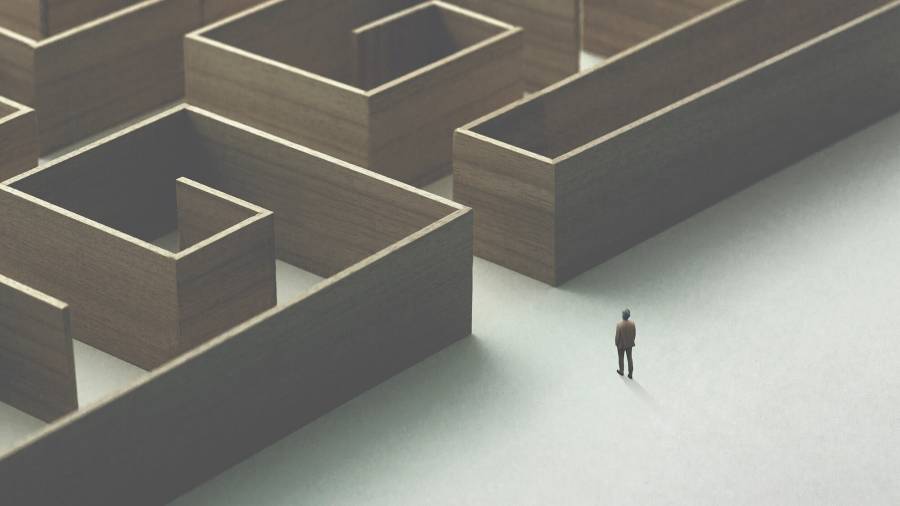What happens during hypnosis?

During hypnosis
Most people can relate to the term hypnosis. However, very few people know exactly what happens during hypnosis. In any case, it is nothing to be afraid of. Every hypnosis in a reputable hypnosis practice begins with a detailed preliminary conversation, in which questions are answered, the concern is discussed and together with the hypnotherapist the goals and expectations of the hypnotherapy are defined. This preparation for the hypnosis is important so that the hypnosis can be directed optimally for the client.
The hypnosis itself begins with an induction, called induction, which leads the client into the hypnotic trance. For the trance induction, a professional hypnotherapist has a repertoire of different induction techniques that are used, depending on the concern and the client, to reach an appropriate depth of hypnosis in which the hypnotic work then takes place. In consultation with the hypnotherapist and the client's wishes, self-hypnosis techniques are learned to further support the achievement of the desired result at home. At the end of the hypnosis, it is discharged and with a debriefing and outlook on the next days and the next hypnosis, the hypnosis session is rounded off.
What happens during hypnosis
For most people, hypnosis feels like a pleasant and deep relaxation. This is roughly comparable to a soothing experience that feels warm, some also describe a slight tingling sensation in the hands. The sensation during hypnosis is always a subjective experience. People describe the feeling in trance in that they sink more and more into a deep relaxation and the environment around them becomes less and less important. An ever-increasing sense of well-being spreads. The sense of time and perception change. Hypnosis can also be described as a concentrated and focused state. However, relaxation is a central factor in hypnosis, because through it we become more receptive and are more focused. The conscious mind temporarily recedes a little more into the background, the logical, rational and analytical thinking as well as our short-term memory. Instead, the subconscious mind gets more space: now there is more room for our emotions, self-protective mechanisms, creative thinking, habits, also our long-term memory is located here. The conscious mind is home to the critical apparatus or guardian. Appropriate and helpful suggestions are more easily absorbed in trance and implemented internally. Thus, desired changes can more easily come into force. Working with the subconscious mind enables the easy reception and effect of suggestions, also the establishment of new inner images - so the changes are brought about directly. It can be said that hypnosis bypasses the critical factor, the conscious mind, and enables access to the subconscious mind and change.
What happens during the hypnotic trance
Hypnosis is a sleep-like state, but has nothing to do with sleep. The core of this assumption is correct, but it is better to describe hypnosis as a threshold between wakefulness and sleep, like a kind of intermediate state. During hypnosis, the body and mind are relaxed and open to the process of change. At the same time, people in hypnosis are highly alert and focused. In trance they reach a state of increased learning ability, creativity and readiness to receive suggestions well. This makes it possible for mental limitations to be lifted and interconnected, creative thinking to be achieved. The mind is placed as sharp and focus. The trance is initiated with induction techniques and then deepened step by step. The hypnotist or hypnotist uses words and phrases, called suggestions, to lead the client in the direction he or she desires. These suggestions act directly on the subconscious mind and continue to have an effect even after hypnosis ends. These are called posthypnotic suggestions. After the trance, the client is awake and lucid again.
Different trance depths
Not all trance is the same. There are different depths that can be reached. Today we distinguish between five different levels of hypnosis or trance levels. Special tests can be used to check which level of trance the client is in. In addition, the levels can also be consciously induced. The deepest known level of hypnosis to date is the so-called "Ultra-Depth", which is difficult to achieve. In addition to that, there are the light, the medium and the deep trance, as well as the hypnotic coma, which likes to be called with the Esdaile state and the "Ultra-Height" stage. For most change processes, the light, the medium trance depths are quite sufficient. These are trance depths that the vast majority of people reach.

Hypnosis Berlin
By Mina
Self-test - Am I hypnotizable?
Test yourself!
Find out how well you can be hypnotized and take the self-test on your own hypnotizability (suggestibility) and answer 12 questions shortly.

Bin ich hypnotisierbar?
You can find more information about hypnosis and our hypnotherapy sessions in the FAQ section and more specifics about the hypnotherapy procedure here.
 Children
Children Phobias
Phobias Physical
Physical Profession
Profession Psychosomatic
Psychosomatic Relationship
Relationship Self-Growth
Self-Growth Stress
Stress
